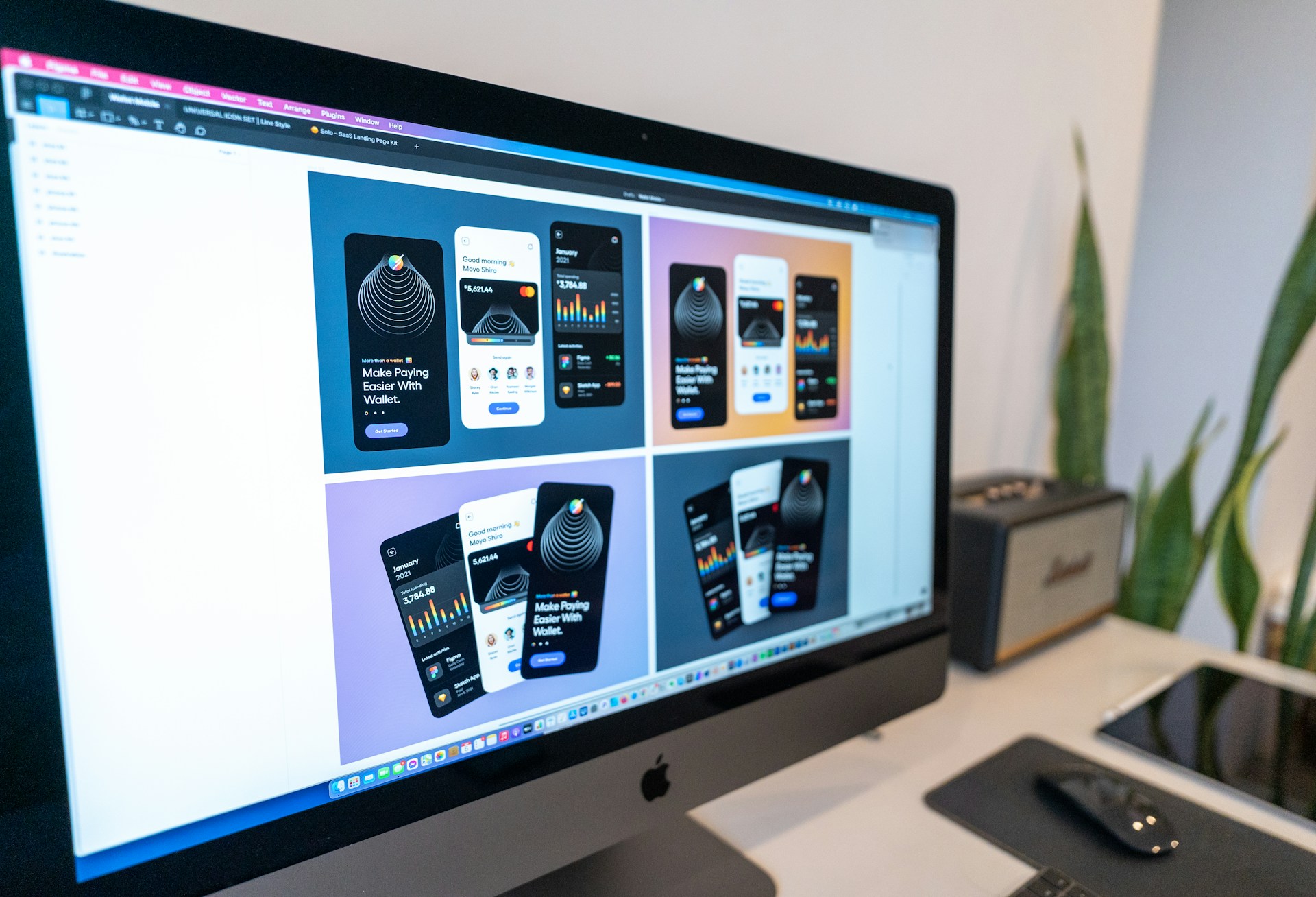
The rise of subscription-based design services like Design Pickle, Designity, and Superside has changed the way businesses think about creative support. With promises of unlimited requests, quick turnarounds, and flat monthly fees, these platforms make design feel more accessible than ever.
But there’s a catch. While these services are great at delivering volume, they often miss what matters most: vision.
Many organizations today don’t realize they’re investing in production design when what they really need is art direction. And while both disciplines are essential, they serve very different purposes. Understanding the difference can mean the difference between a brand that looks polished and one that truly resonates.
What Is Production Design?
Production design is the tactical, executional side of the creative world. It’s about turning ideas into assets—efficiently and consistently.
Think of production designers as the highly skilled professionals who:
- Resize and reformat ad creatives
- Apply brand guidelines to new collateral
- Build out presentation decks
- Create repeatable social graphics and email templates
They work fast, follow direction, and make sure your brand stays visually consistent. In short, they help scale creativity.
Subscription-based design companies have built their entire model around this function. And for good reason—it works. When you already know what you want and just need someone to make it happen, production design is the way to go.
But that model falls short when what you actually need is a new idea.
What Is Art Direction?
Art direction, by contrast, is not about output. It’s about outlook.
Art directors set the creative vision. They’re responsible for ensuring that every visual choice ladders up to the brand strategy and reinforces a distinct identity. Rather than executing requests, they ask: “What are we trying to communicate? And how should that look and feel to get the response we want?”
Art direction includes:
- Campaign concepting and visual storytelling
- Defining tone, style, and emotion in design work
- Directing photo and video shoots
- Evolving a brand’s look to match changing goals or audiences
It’s creative leadership, not just creative labor.
Art direction takes more time. It requires collaboration, iteration, and a deep understanding of your brand and your audience. But it also delivers more lasting value.
Why the Distinction Matters
When businesses conflate production design with art direction, they often get stuck in a cycle of incremental improvements that never move the needle. You might end up with a mountain of assets, but none of them strategically guide your audience or elevate your brand perception.
That’s because production designers aren’t hired to solve problems—they’re hired to follow instructions.
If no one is thinking about the why behind your design choices, if no one is asking how your creative supports your business goals, you’re not leading with intention. You’re just keeping up.
So Why Does Strategic Design Cost More?
Because it does more.
Art direction isn’t measured by how many social posts get made in a week. It’s measured by how effectively your brand connects with people over time. It requires senior-level thinking, creative experimentation, and a willingness to challenge the brief when necessary.
You’re not just paying for output. You’re paying for insight. For experience. For judgment.
That higher investment is what ensures your creative is working with your brand—not just sitting next to it.
When to Use Each and How They Work Together
Here’s the good news: this isn’t an either-or choice. The best creative ecosystems use both.
Use production design when:
- You have an established visual identity
- You need high-volume, low-friction asset creation
- Your internal team has clear direction and oversight
Use art direction when:
- You’re launching a new brand or campaign
- You’re trying to reach a new audience
- Your creative feels stale or misaligned
- You need someone to lead, not just produce
At their best, art direction sets the tone. Production design scales it. One without the other leaves a gap.
Design Isn’t Just Decoration—It’s Direction
Design is more accessible than ever. But strategic design is still rare. If you want your brand to stand out, not just show up, you need more than execution. You need direction.
So if you’re wondering why one creative partner costs more than another, ask yourself: Are you paying for design, or are you paying for direction?
The difference is subtle, but it shows in the results.
Share this post on your social profile:
With over a decade of agency and in-house experience, Ben Huizinga is a creative and brand strategist focused on building brands that endure—crafting identities that make meaningful connections and stand the test of time. As Director of Brand and Creative at Young Marketing Consulting, Ben blends hands-on execution with high-level strategic thinking, helping organizations align their vision with the right voice, visuals, and experiences. He is also an experienced website architect, specializing in the development of beautiful, easy-to-use WordPress, Drupal, and Webflow sites that bring brands to life online. His work has shaped leading brands across the sustainability, technology, and nonprofit sectors—including Geothermal Rising, Echo Communications, and Bonterra, one of the world’s largest social good technology companies.
Want to get our blogs directly to your inbox?
Enter your email to sign up for our point of view on marketing trends, brand strategy, and sustainable business.


